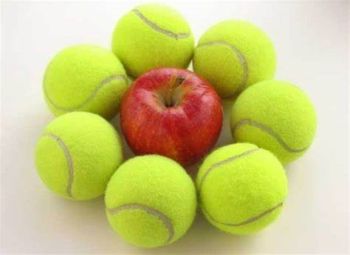Sources of Nutrition Information Used by Tennis Trainee Athletes at the University of Limpopo in Limpopo Province, South Africa: A Descriptive Study
Abstract
Background
The dietary intake of tennis athletes training at the University of Limpopo (UL) were reported to be suboptimal. However, the nutrition information sources guiding these athletes remain unknown.
Methods
A descriptive cross-sectional study was carried out to purposively obtain 30 registered UL-affiliated tennis team athletes. Data were collected at the UL tennis courts. Demographic data and information sources used for sport nutrition were collected using self-designed questionnaires in English.
Results
The mean age of the athletes was 20.3±1.1 years. All were registered students at UL. All male athletes (100%) and 92.2% of females were single. More than half of the males (n=9; 56.2%) and many females (n=5; 35.7%) had participated in tennis for 1 – 2 years at UL. Most participated in tennis 3 – 6 times a week, for 1 – 2 hours per day. Most males (n=8; 50%) and females (n=7; 50%) obtained nutrition information from social media followed in both cases by a coach (43%). Of those who used social media, most males (n=3; 37%) and females (n=7; 43%) used Instagram, followed by Facebook (males, n=3; 37% versus females, n=2; 28%). Tik-Tok and YouTube were hardly ever used. However, none of the athletes had ever consulted a nutrition professional such as a dietitian for nutrition information.
Conclusion
Social media, particularly Instagram, was the most used source of information by our sample of tennis athletes at the University of Limpopo.

Authors retain all copyrights. In making a submission to World Nutrition, they are certifying that all material is theirs except quotations, as indicated, and that they have obtained permission for any photos, tables, or graphics taken from other publications or websites.




